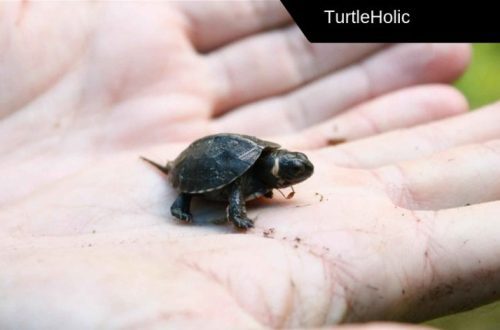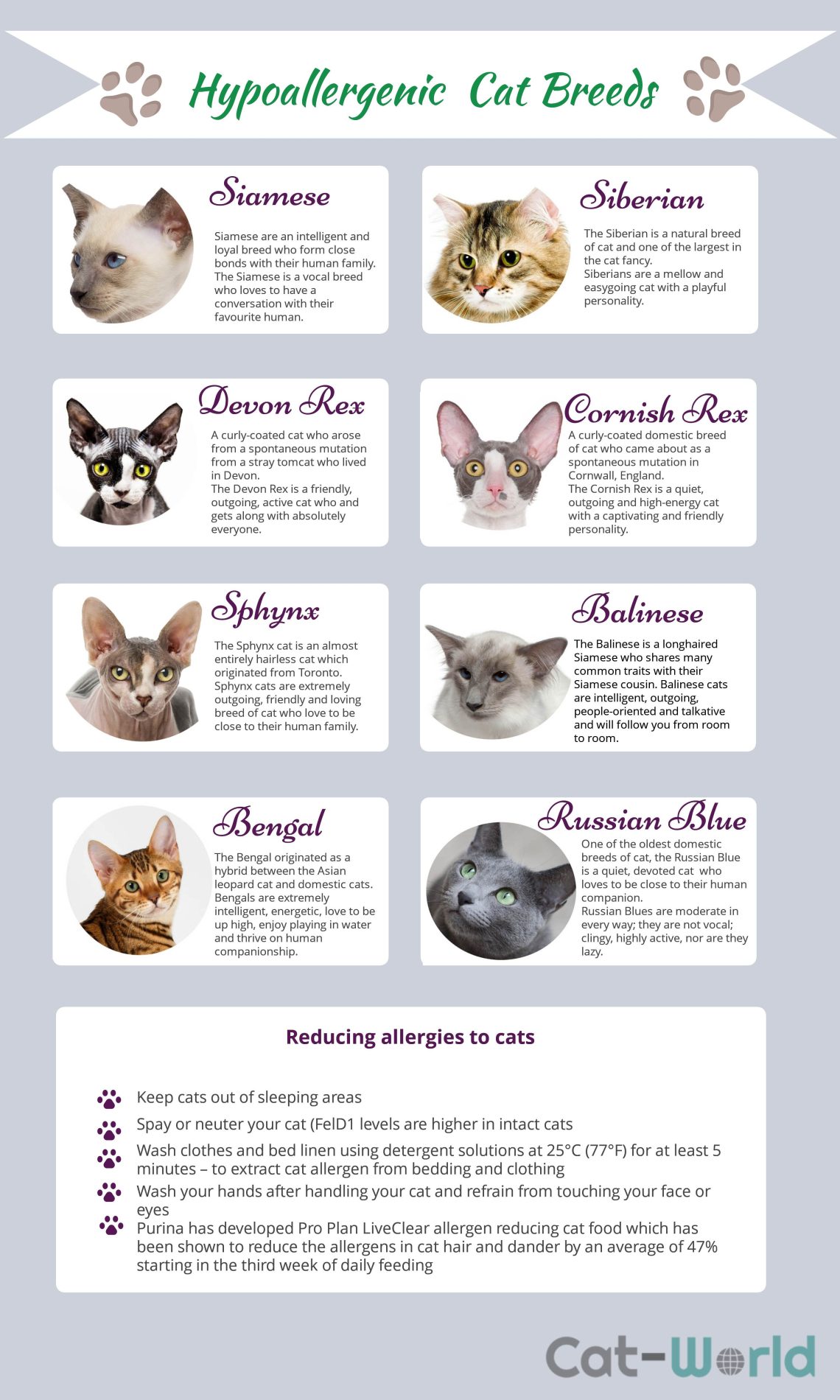
Hypoallergenic Cat Breeds for Humans – List of Names with Descriptions
You finally get the cat of your dreams and can’t wait to cuddle and play with her. But even before the fluffy settles in your family, you suddenly feel unwell. Then you realize that you may be suffering from a cat allergy. Is this the end of the road for you and your love of cats? Not! Have you ever heard of hypoallergenic breeds?
In this article, we will explore unique breeds that offer hope to allergy sufferers. We’ll also delve into proactive ways cat owners can keep allergens to a minimum. So, before you completely abandon cats, read our article and find out that the sun is always hiding behind any cloud.
Contents
What causes cat allergies in humans?
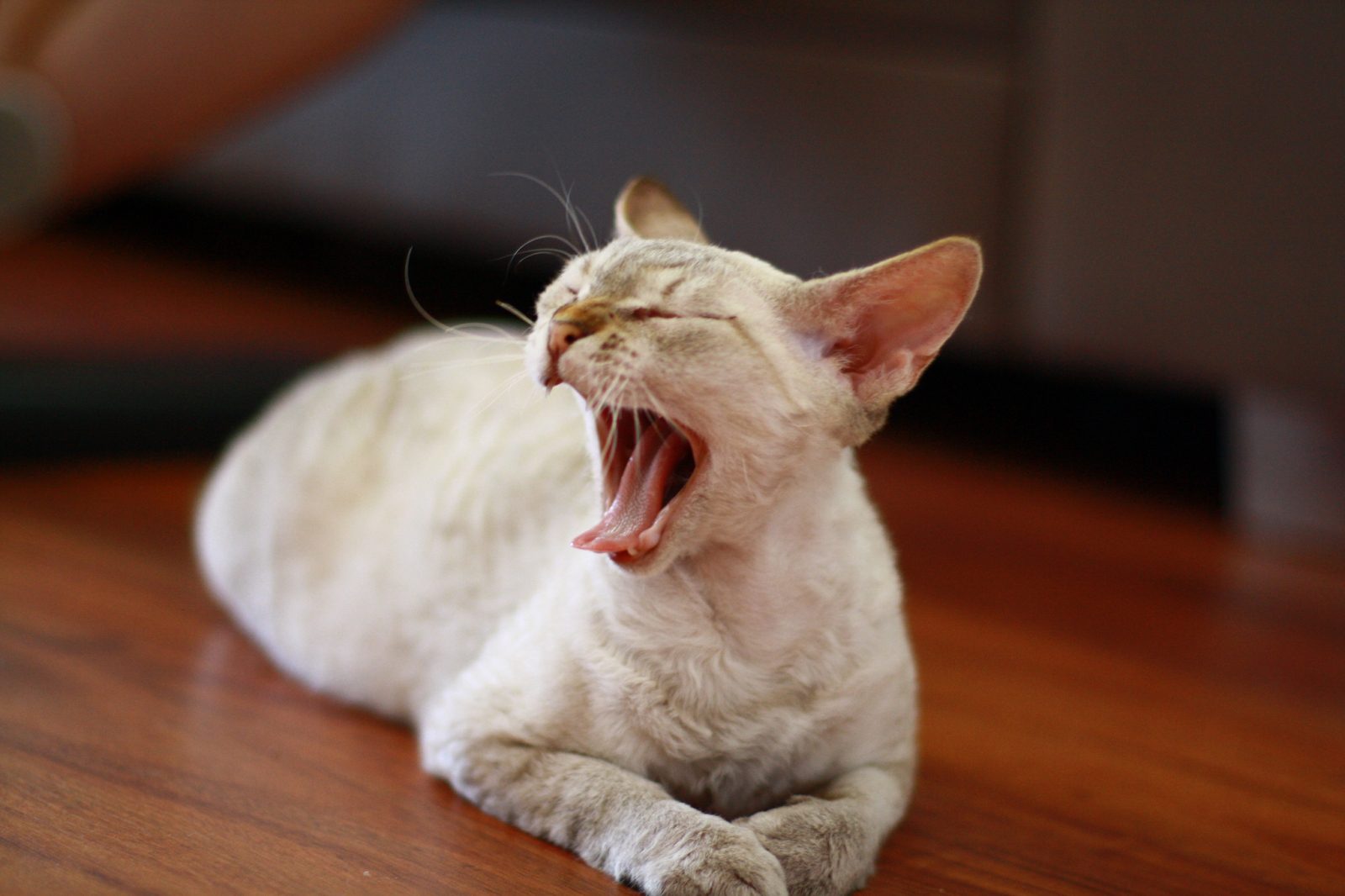
It’s a shame when such a handsome man becomes a source of allergies
You adore cats, but you never enjoy being among them. You start coughing, stuffy nose, eyes become red and itchy, you sneeze, and a rash breaks out on your body. Unfortunately, this is a signal that leads to the conclusion that you suffer from allergies. According to the American College of Allergy, Asthma and Immunology, an average of 10% of people are allergic to pets, and cats are twice as likely to have this reaction than dogs.
Cat allergies are caused by a protein known as Fel d 1, which is found in cat saliva and on the skin. When a cat grooms itself, the protein remains on its “fur coat”. The protein is very sticky and easily settles on the surface that the pet rubs against.
Fel d 1 is very light and light. Therefore, it remains in the air for many hours. Therefore, the person inhales it easily. Some people’s immune systems react as if they were attacked by a protein. This causes coughing, wheezing and rashes.
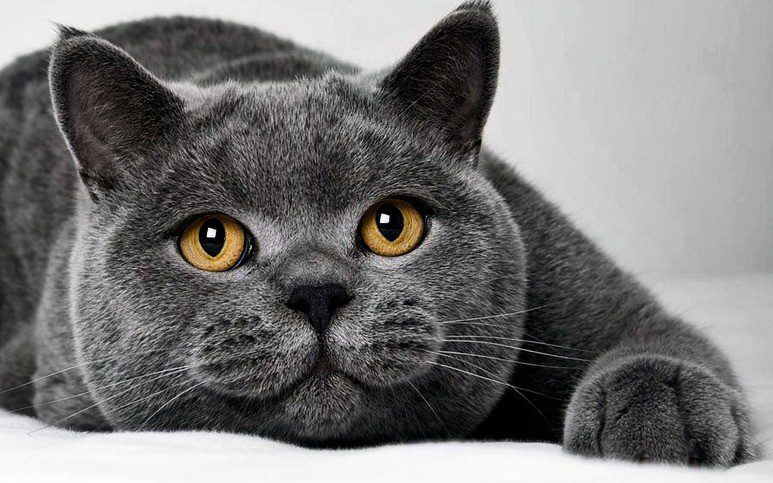
Here is a British shorthair cat that produces more Fel d 1 than, for example, a white Persian
Interestingly, dark-colored cats produce less protein than their lighter-colored counterparts.. Kittens also produce fewer allergens than adult cats. However, even if you decide to try your luck by adopting a cat that includes all of the above characteristics (kitten, female, neutered, dark colored), there is no guarantee that you won’t have a reaction because they still produce protein. , more or less, to which you are allergic.
13 Best Hypoallergenic Breeds
It is important to note that hypoallergenic cats do not have to be hairless, as the allergens are found in saliva and on the skin, not on the fur.
Here is a list of breeds that have been proven to cause fewer allergic reactions in humans.
Siberian
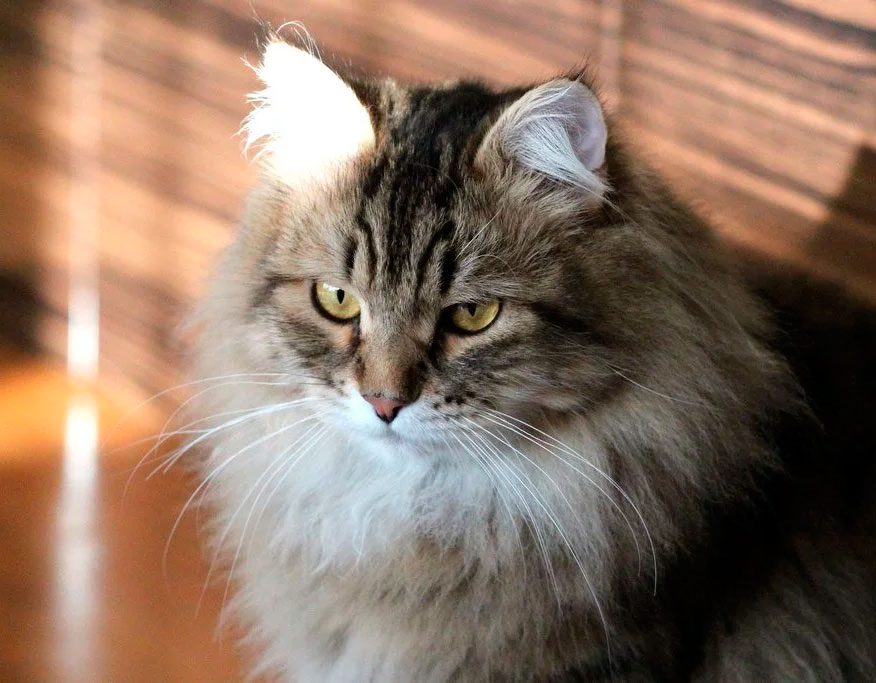
Despite the long coat, Siberian cats are safe for allergy sufferers.
Siberian cats are native to Russia and have a long and thick coat. They are affectionate, loyal and playful. Siberians are also famous for their jumping skills.
Despite their long shaggy coat, they have managed to surprise many by becoming one of the best options for allergy sufferers due to the fact that they produce less Fel d 1 protein.
The Balinese
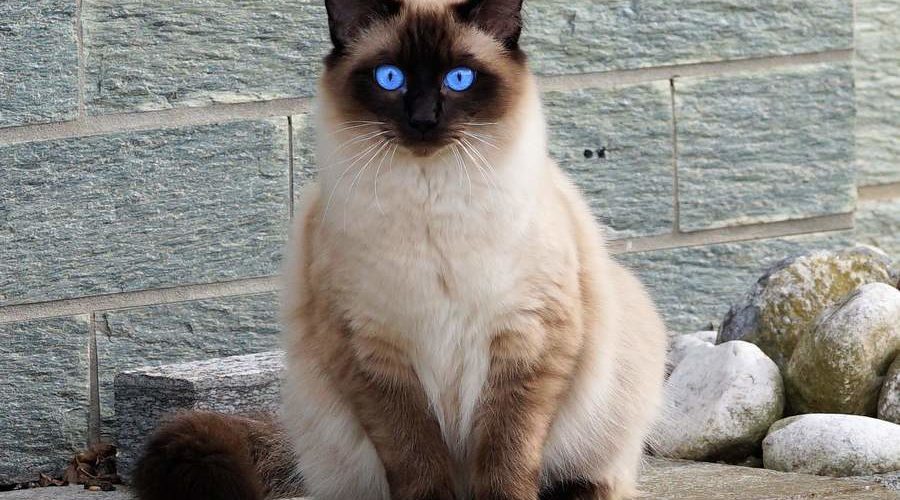
Balinese cat is another hypoallergenic option for lovers of fluffy breeds
Being a mutation of the Siamese breed, this cat is commonly referred to as a purebred Siamese longhair.
These cats tend to have blue eyes, are playful, inquisitive and impressively intelligent. Like Siberian, they produce much less Fel d 1 allergen.
Bengali
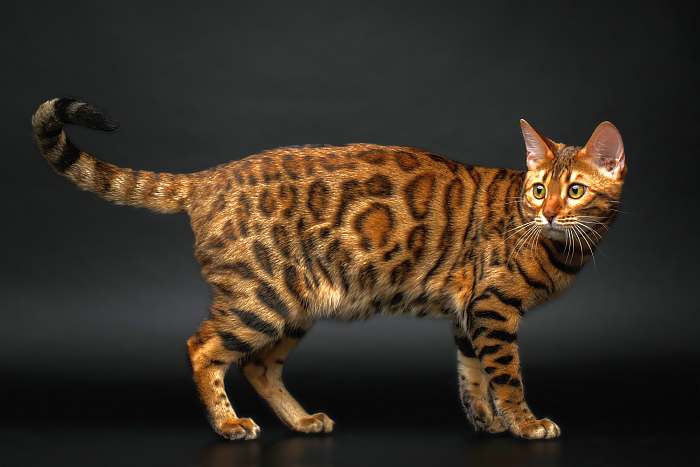
Option for exotic lovers
Meet the majestic Bengal domestic cat that looks like it just arrived from the jungle. The Bengal is the result of a selection of Asian leopard cat hybrids. Therefore, it is not surprising that they look more like a leopard or an ocelot than a domestic cat.
Bengalis have a bright orange or light brown coat and white bellies. They have a short coat with thin fur. Bengal cats spend less time grooming their fur. This means less saliva is left behind, making them a great choice for allergy sufferers.
Burmese
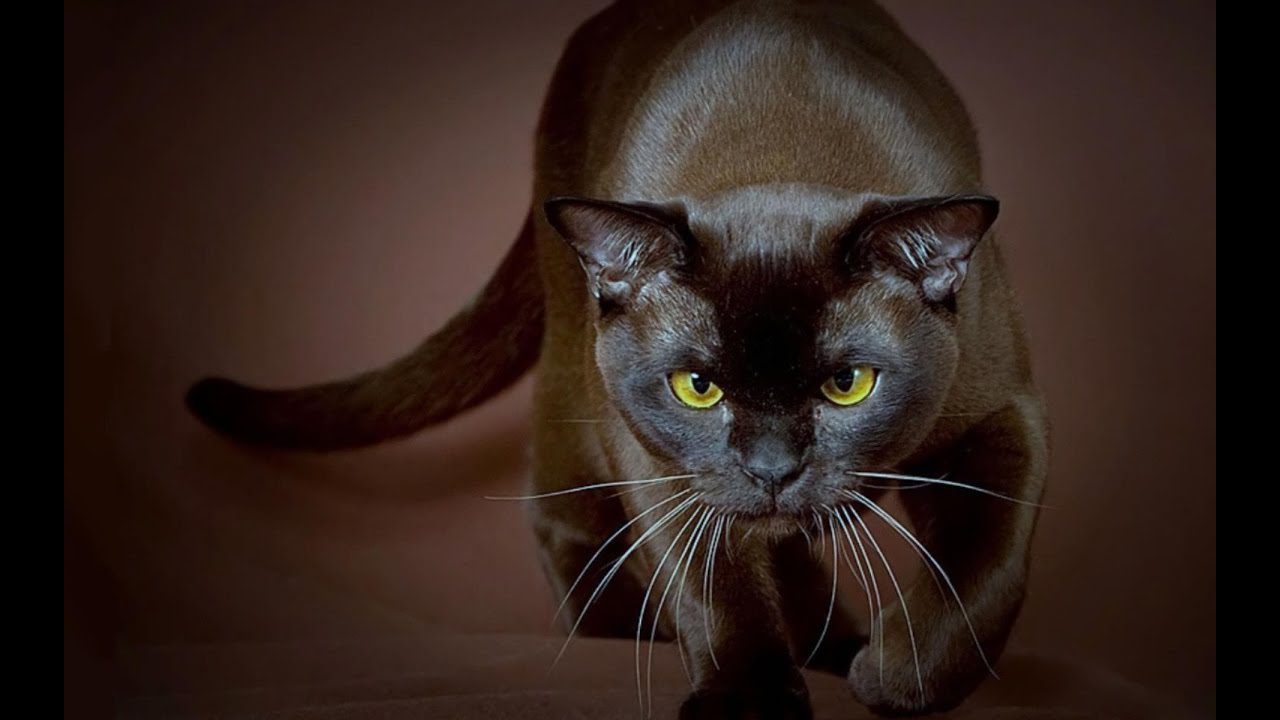
Despite their stern appearance, Burmese cats are very playful.
The Burmese cat is from Thailand. She is extremely playful and affectionate. Burmese have outstanding vocal abilities and short hair with thick fur, which does not fall out as actively as in other breeds. Accordingly, Burmese cats produce fewer allergens.
Colorpoint Shorthair
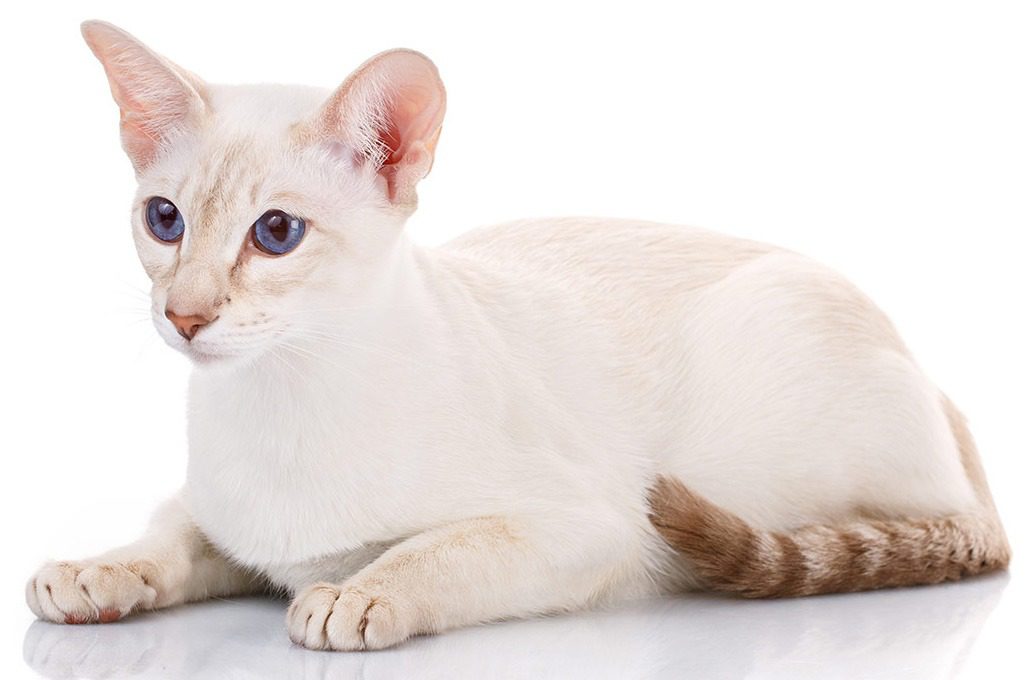
The Colorpoint Shorthair is affectionate and energetic.
The Colorpoint Shorthair was originally bred as a cross breed between the Siamese and the American Shorthair. This was done in order to diversify the Siamese colors, and as a result, breeders successfully bred 16 spot colors.
The Colorpoint Shorthair is an extrovert, affectionate and playful cat with almond-shaped eyes and thin paws. Their soft coat is known to cause a less intense allergic reaction.
Cornish Rex
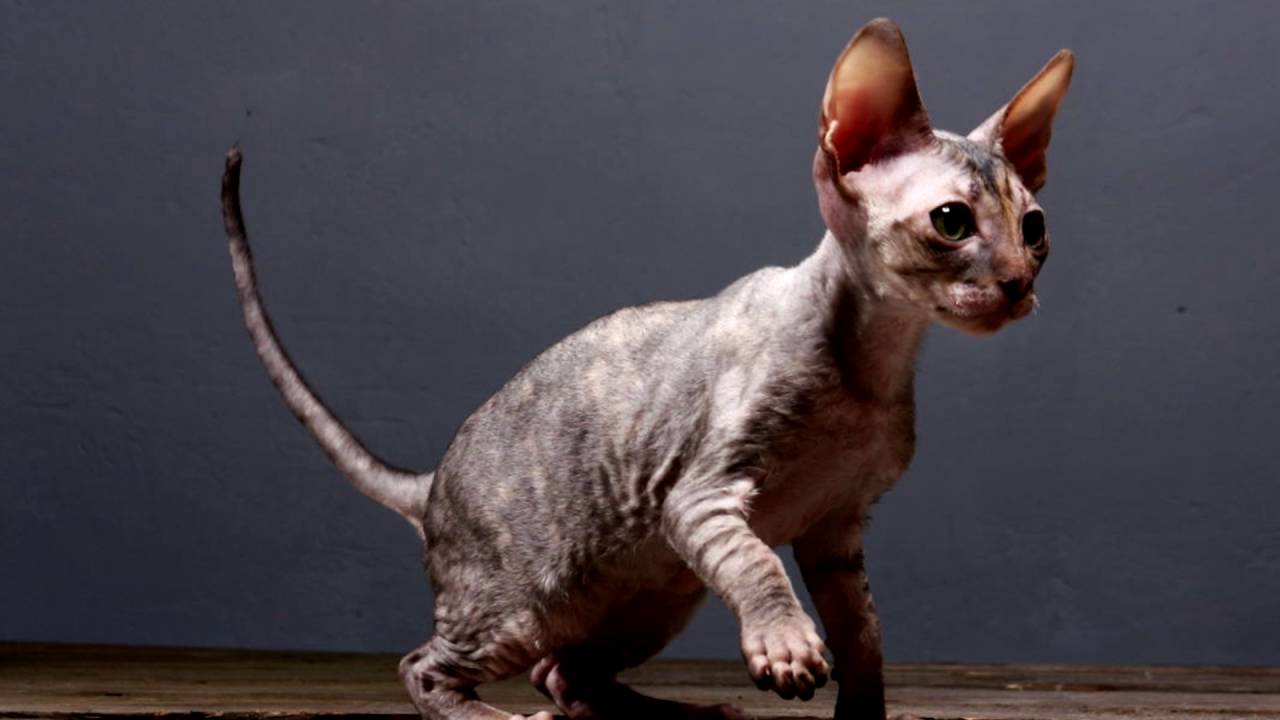
The modest-looking Cornish Rex can surprise you with acrobatic etudes
The Cornish Rex is a British breed. These cats lack the outer and middle layers of fur, but they do have a thin undercoat. Representatives of this breed are prone to hair loss, as a result of which some parts of their body may appear bald. However, their fur is also curly.
The Cornish Rex is adventurous, playful, intelligent and very flexible. Due to their fine coats, these cats tend to spread less of the allergen, which may be a reason for being well received by allergy sufferers.
Devon Rex
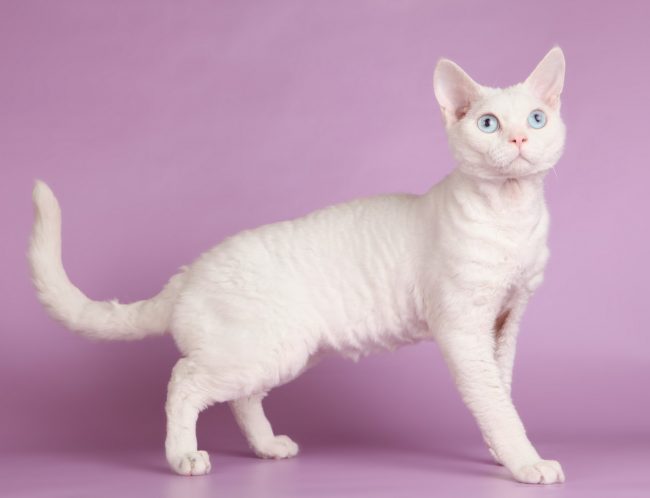
Athlete and intellectual
The Devon Rex is distinguished by a high level of intelligence, a slender build, long ears and a wavy coat. With such a charming woman in the house, the appearance of an allergy is almost impossible.
Javanese
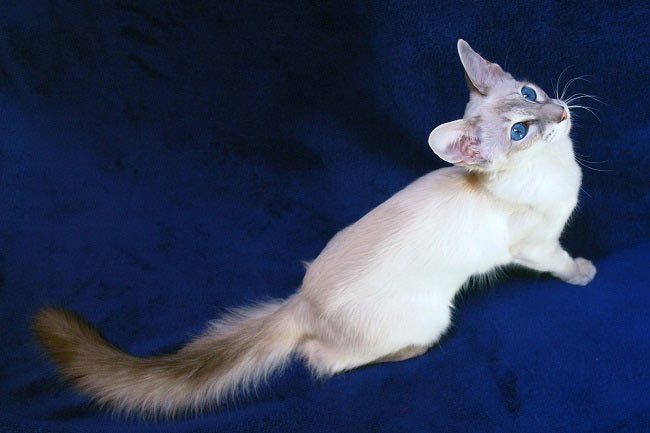
Javanese – fluffy, but safe for allergy sufferers
The Javanese have one thin top coat that has less fur and is silkier looking. Therefore, they produce fewer allergens.
Ocicat
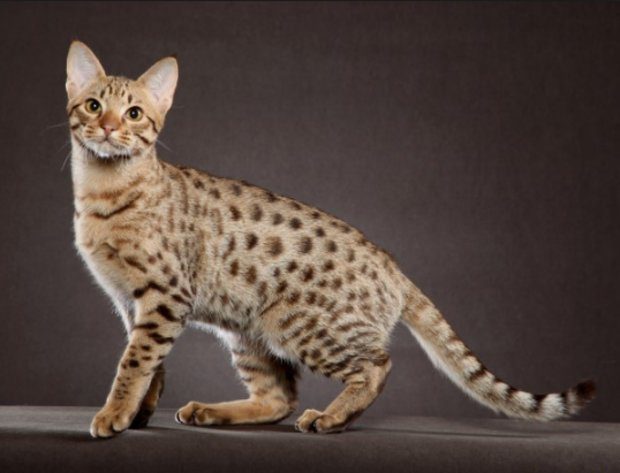
Ocicat – a dog in the body of a wild cat
The Ocicat is a spotted cat that looks wild. Ocicats are very friendly and make excellent pets.
They get along well with other animals and are easy to train. Ocicats are commonly referred to as dogs in the body of cats because their temperament is similar to that of a dog.
Oriental Shorthair
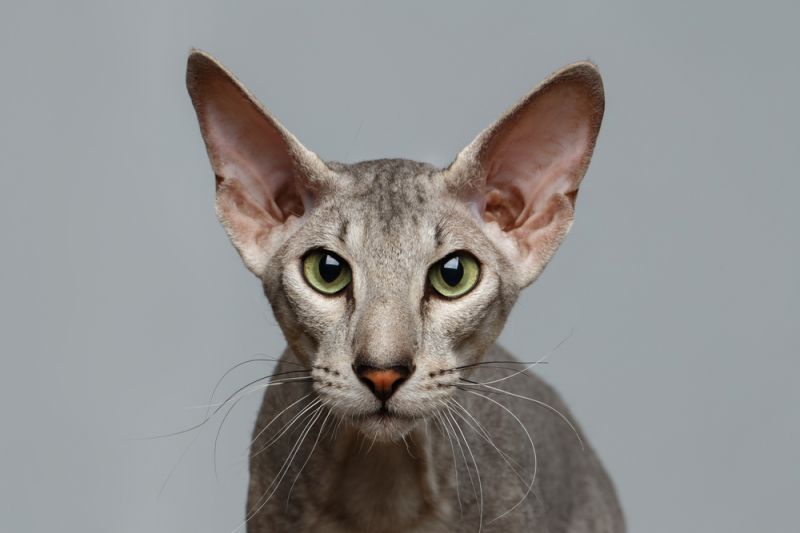
So that the short-haired oriental does not provoke allergies, it needs special care
The Oriental Shorthair cat is similar to the Siamese. They usually have green, almond-shaped eyes, large ears, a lean, muscular body, and a triangular head.
Oriental Shorthairs are playful, sociable and intelligent. They also love to show off their athletic prowess and enjoy sitting in high places. Oriental Shorthairs have short, fine coats that tend to shed less. However, they require frequent grooming to make the most of their hypoallergenic nature.
Russian blue
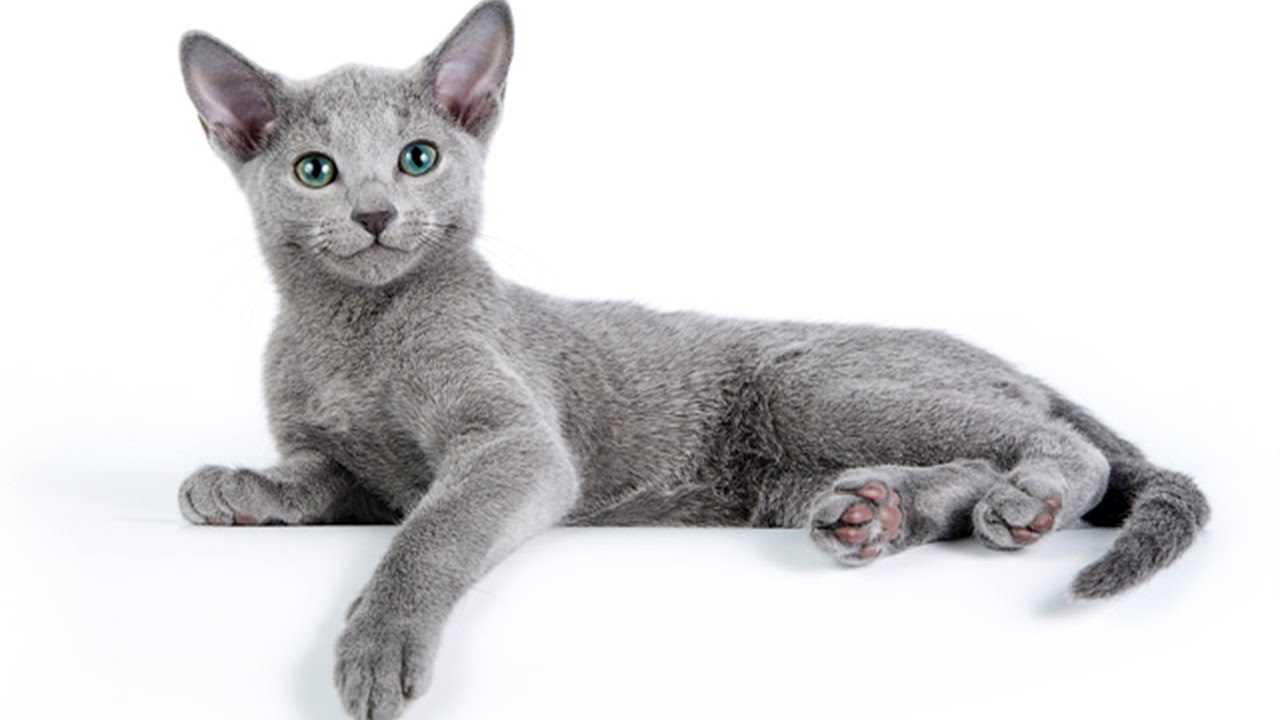
You can’t take your eyes off Russian blue cats
Russian Blues are also known as Arkhangelsk Blues and are renowned for their striking beauty. They are loyal and playful. They have short, dense coats and bright green or blue eyes.
Russian Blues produce less Fel d 1 protein, so people with allergies are better able to take them.
Siamese
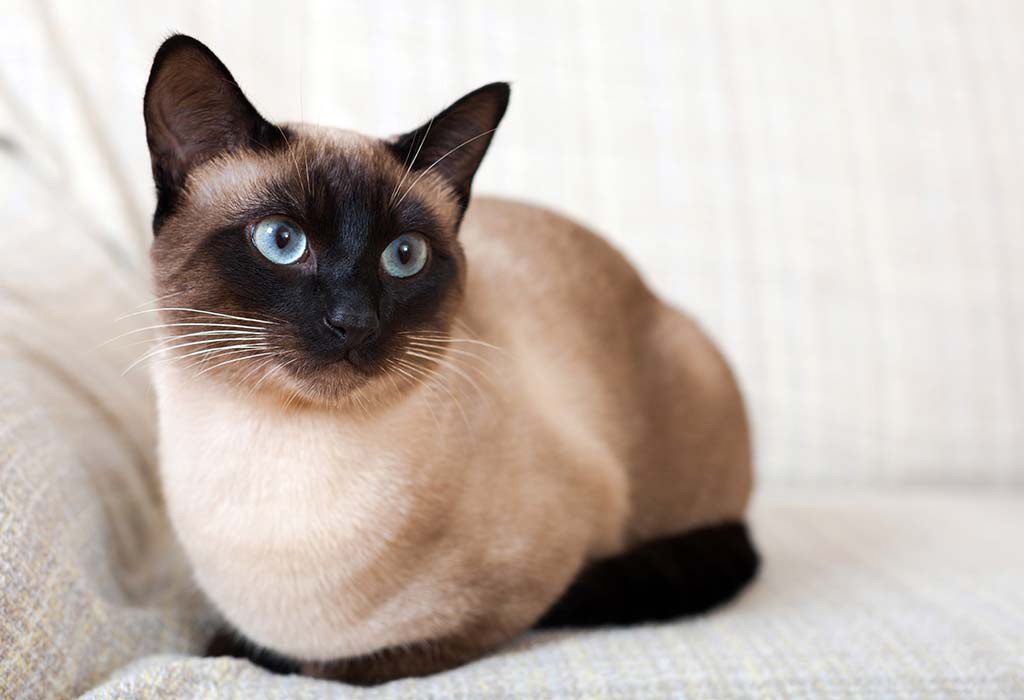
Amazing beauty and no allergies
Siamese cats will amaze you with their beauty: blue almond-shaped eyes, lean muscular body and large ears. They are smart, social and playful.
Sphinx
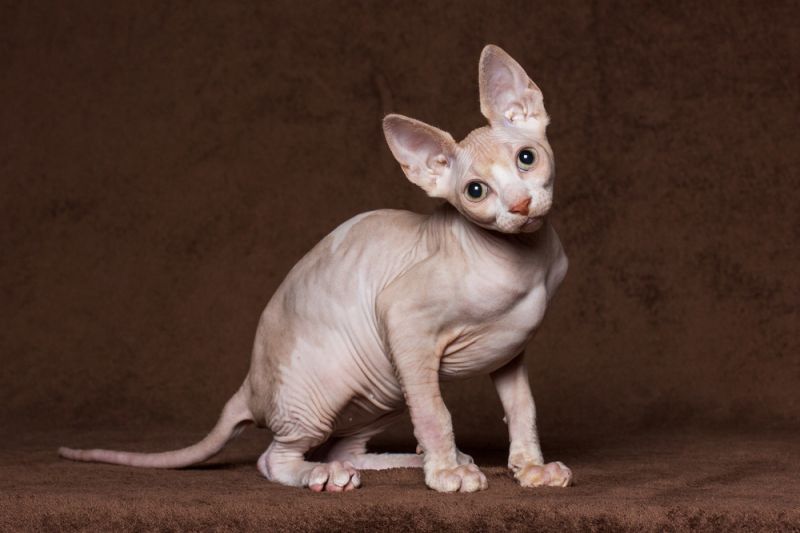
No wool – no allergens
The Sphynx is the most famous hairless cat and has a beautiful downy coat that looks like suede. The Sphynx is very affectionate, intelligent and loves to explore.
Being bald, the Sphynx needs constant grooming to get rid of excess oil on the skin. Combined with the fact that they don’t have fur to trap allergens, regular grooming makes them even more hypoallergenic.
Tips for Minimizing Allergens in Your Cat
If for financial or other reasons you cannot adopt a hypoallergenic cat, do not despair. There are tips you can use to minimize exposure to your pet’s allergic protein. They also apply to hypoallergenic cats. Proper care of them will help to minimize the release of Fel d 1 protein.
Take care of your pet regularly
The more thorough the care, the less protein remains on the cat’s skin.
Increase the frequency of baths for your cat – this will greatly contribute to the reduction of protein on his skin. Bathe your cat once a month with a shampoo recommended by your veterinarian. Regular combing will also help reduce dandruff.
Clear!
As the allergen settles everywhere, make sure your carpets, floors, and furniture are cleaned regularly. Your home should remain as fur-free as possible.
Buy an air purifier
An air purifier will help eliminate allergens and other pollutants from your indoor space.
Your bedroom is a no-go zone for cats
You don’t want allergens in your bedroom. Try to keep your cat as far away from your bedroom as possible, as this can aggravate allergies.
Castrate your cat
Neutered cats produce much less Fel d 1
Studies have shown that the allergen has a lot to do with testosterone levels. Accordingly, castrated males produce less Fel d 1.
Replacement of curtains and carpets
Consider replacing your hardwood floor carpets and curtains with non-woven coverings. This will help prevent the allergen from building up in your home.
Wash your hands after contact with a cat
Hand hygiene when interacting with a cat is very important.
Always make sure to wash your hands thoroughly after handling a cat. Every time you snuggle up to him, take a shower before going to bed. This ensures that you do not bring the allergen into the bedroom.
Wash your cat’s toys and bedding regularly
Do this once a week to minimize allergens in your home. Cleanliness is the key to a peaceful and allergy-free life with your beloved four-legged friends.
Hypoallergenic cats are a great relief and a godsend for people who want to have a four-legged pet but have some health limitations. Choose a cute breed from our list and enjoy the company of a cat.





